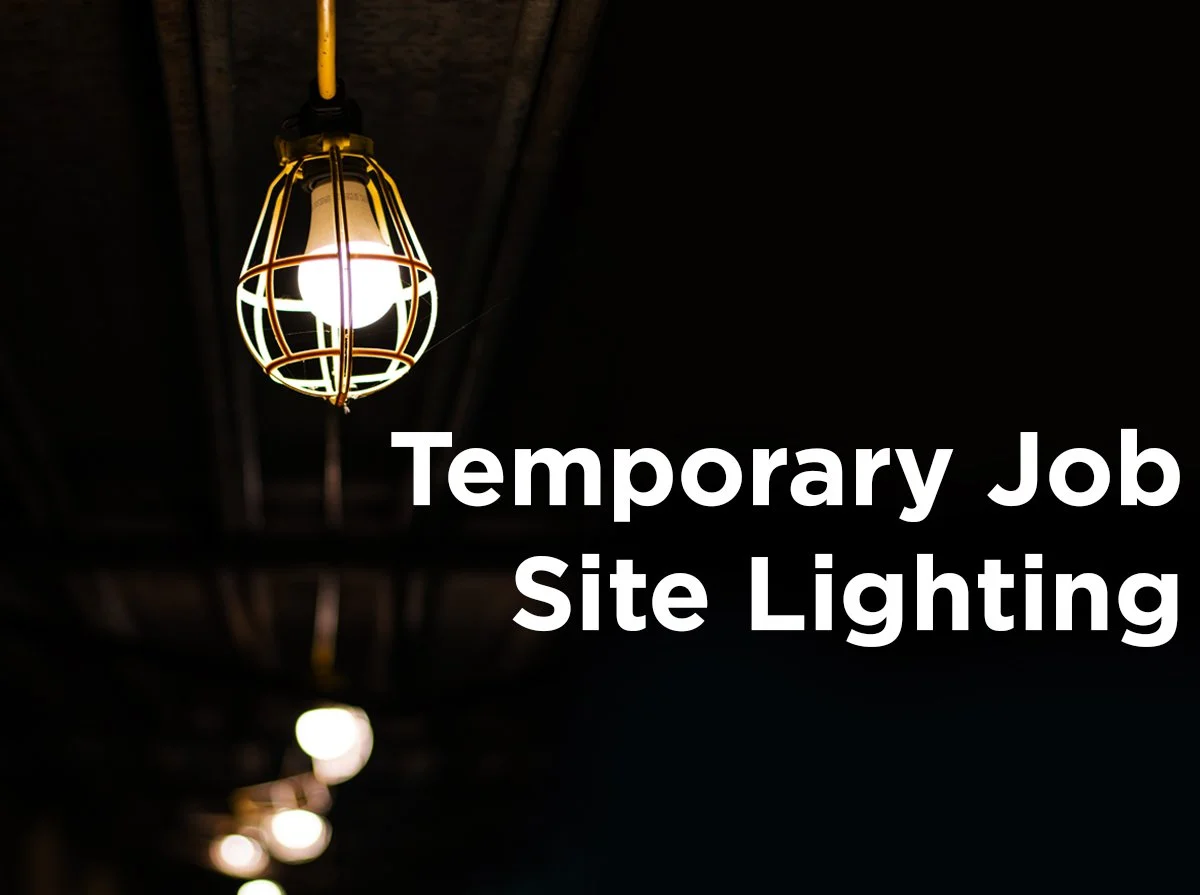OSHA’s Lighting Requirements and You
Providing enough lighting for employees helps keep them safe and work as best as they can. The amount and type of lighting needed for each space it isn’t always immediately clear, but the requirements established by the Occupational Safety and Health Administration (OSHA) provide a good place to start.
OSHA describes the lighting guidelines employers are required by law to fulfill. The first and most important requirement is that “the employer shall ensure that each work area and walkway is adequately lighted whenever an employee is present.” In other words, OSHA’s lighting requirements are intended to ensure employers safely provide their workers the lighting they need.
How much light do I need?
OSHA has established levels of light employers must provide in their workplaces for specific areas. These levels are measured in footcandles (fc), which equal 1 lumen per square foot. See this article from 1000Bulbs for more information on footcandles and the required amount needed in particular spaces.
What if I don’t have enough light?
If permanent lighting bulbs or fixtures don’t meet OSHA’s requirements for adequate light levels, temporary lighting may be used to supplement these light sources. Temp lighting, in contrast to permanent lighting, is installed on a job site for a limited period of time. OSHA’s requirements for temp lighting are as follows:
Lights with bulbs that are not completely recessed must be equipped with guards to prevent accidental contact with the bulb.
Lights must be equipped with electric cords designed with sufficient capacity to safely carry the electric load.
Connections and insulation on electric cords must be maintained in a safe condition.
Lights and lighting stringers must not be suspended solely by their electric cords unless they are designed by the manufacturer to be suspended that way.
Stringers must not overload branch circuits.
Branch circuits must equipped with over-current protection with a capacity that does not exceed the rated current-carrying capacity of the cord used.
Splices must have insulation with a capacity that exceeds that of the original insulation of the cord.
Exposed, non-current-carrying metal parts of lights must be grounded.
Emergency and explosion proof lighting
Sometimes lighting fixtures aren’t immediately available to employers for a dark space. In this case, employers must provide portable or emergency lights for dark areas in workplaces without temporary or permanent lighting or proper working lights.
Additionally, employees must have access to explosion-proof lights approved for hazardous conditions by a nationally recognized testing laboratory (NRTL) in any space where hazardous flammable vapors are present.
If you have any questions about how to meet these requirements or the type of lighting that would work best for you, contact one of our US-based lighting experts at 1-800-624-4488.










